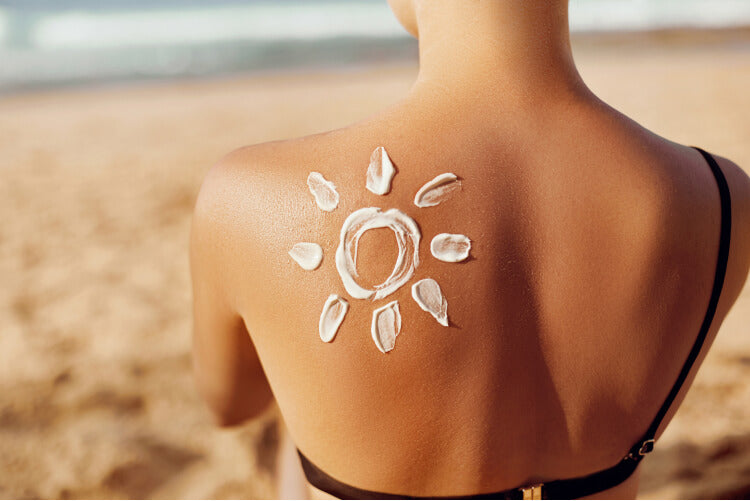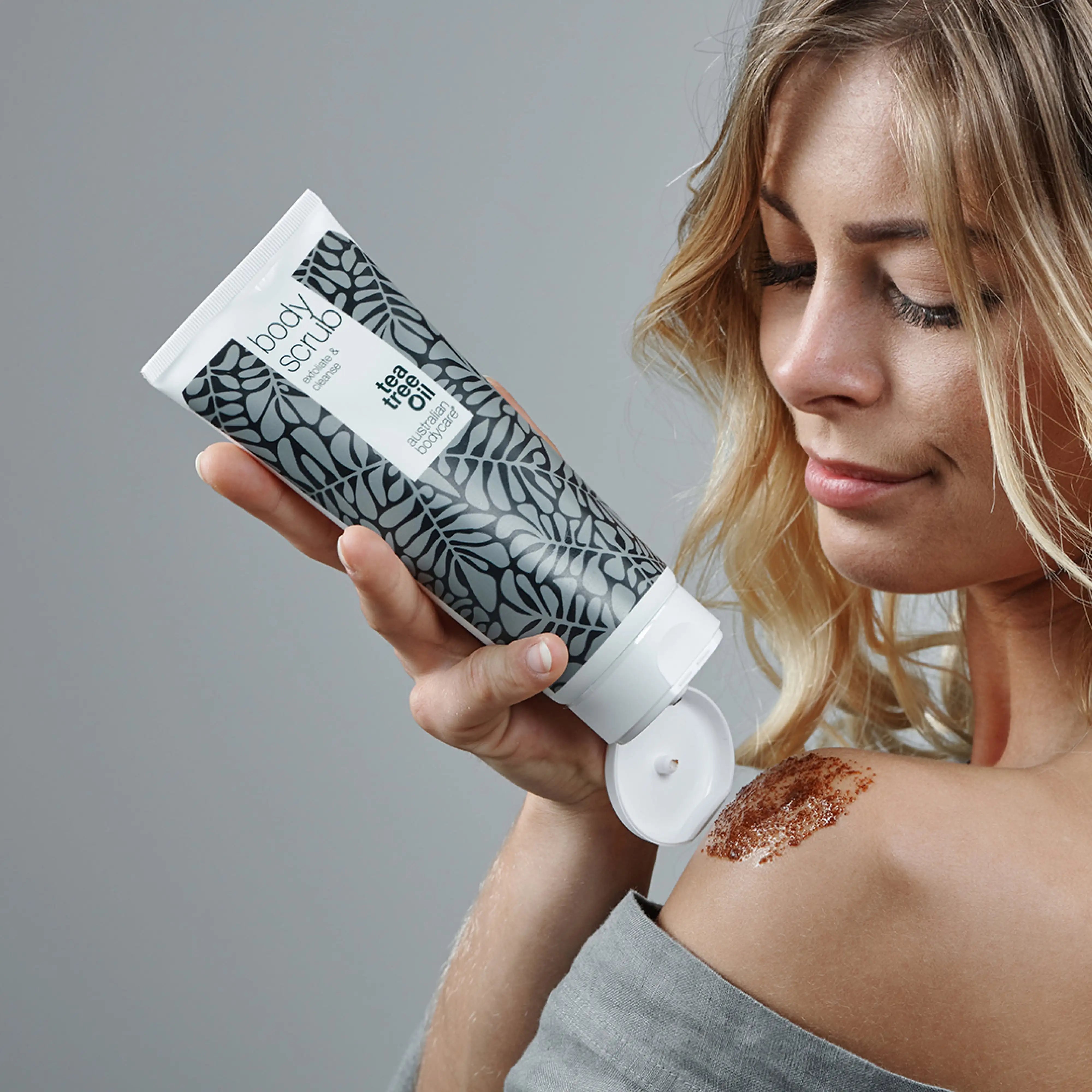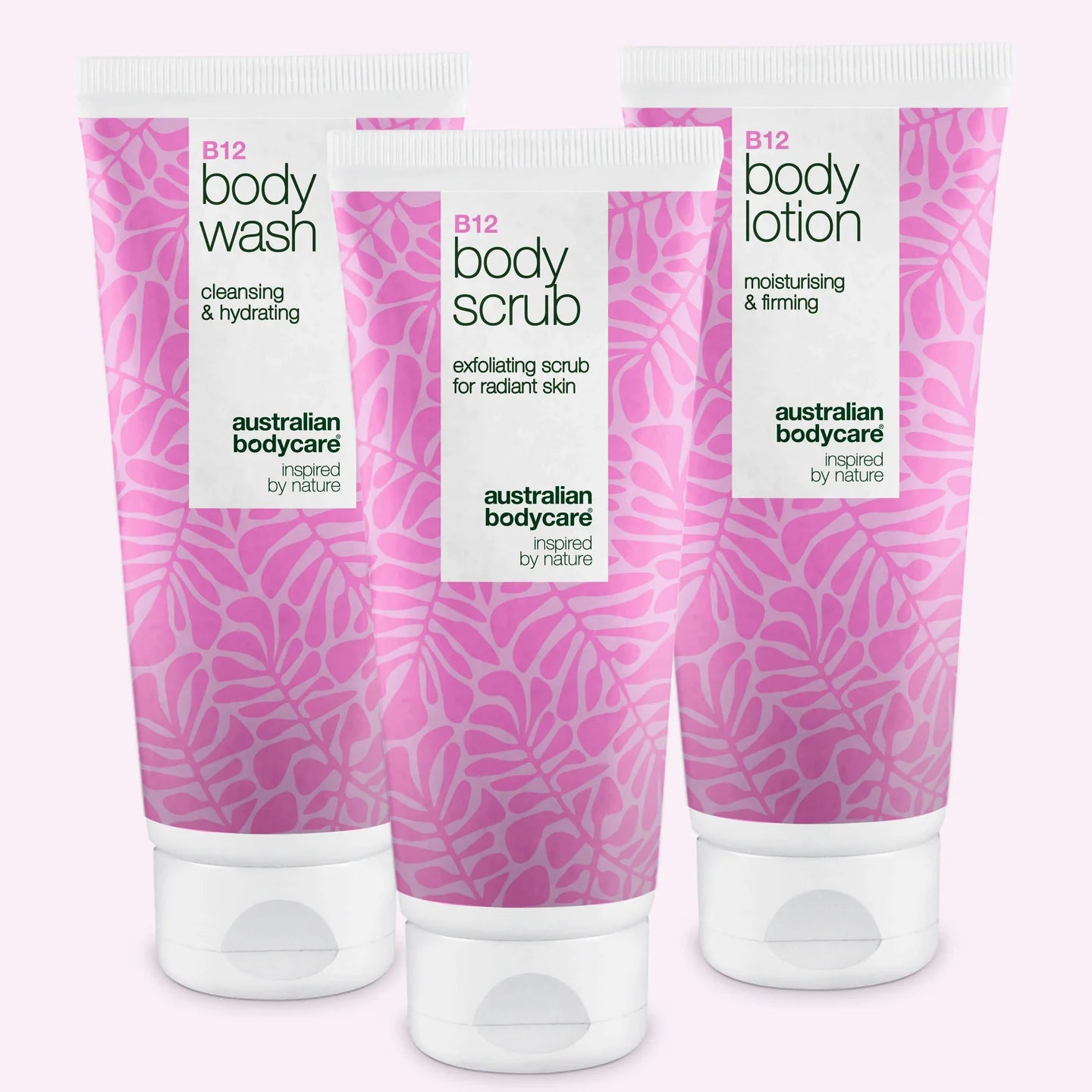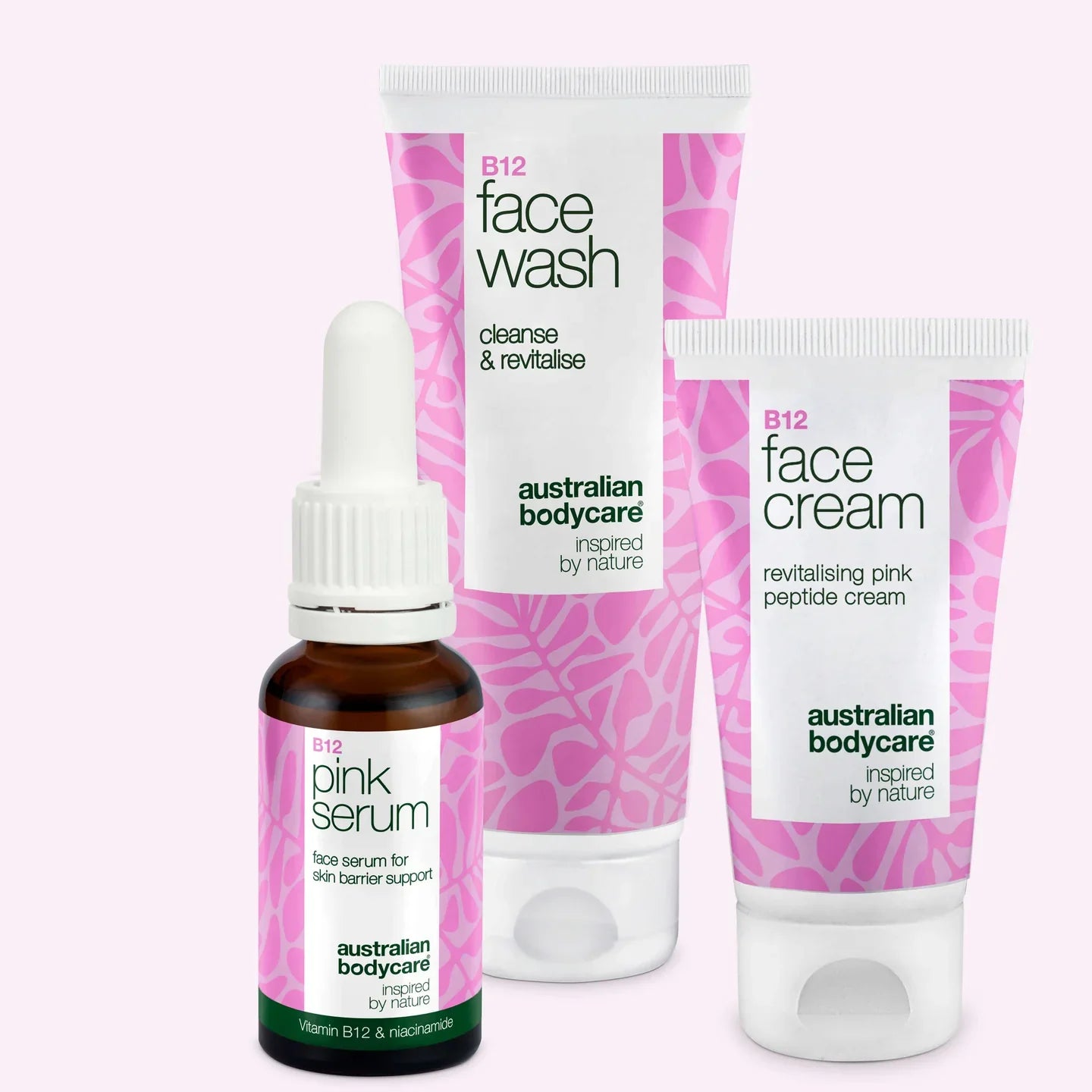How to Sunbathe Safely: Tips for Safe Sunbathing
Sunbathing can be delightful, but it's essential to do it healthily to avoid getting burned or, in the worst case, developing skin cancer.
It's crucial to use sunscreen with an SPF of 15 or higher to prevent sunburn. Items like sun hats, T-shirts, and sunglasses also offer protection against the sun.
Read on for some great advice on safe sunbathing.
Table of contents
Risks of Sunbathing
Sunbathing can pose serious risks to your skin. UV rays from the sun can increase the risk of skin cancer, sunburn, burns, and accelerate skin aging. It's important to understand these risks to take the necessary precautions and protect your skin from the sun's harmful effects.

UV Rays and Skin Cancer
UV rays from the sun can deeply damage the skin. They cause skin cells to change, which can lead to skin cancer.
Using sunscreen with an SPF of 15 or higher blocks the harmful rays and helps prevent this disease.
Protection of the skin against the sun is crucial, especially for children, because their skin is more sensitive. Dressing in sun hats, T-shirts, and sunglasses provides additional protection. Every time you choose to be in the sun, these measures reduce the risk of developing skin cancer later in life.
Protection from UV rays is not just a summer task; it's a lifelong responsibility.
Sunburn and Burns
Sunburn occurs when the skin is exposed to too much sunlight. It can make the skin red, tender, and sometimes swollen. To avoid sunburn, it's important to use sunscreen with an SPF of 15 or higher.
This protects against the harmful ultraviolet rays, which can cause not only sunburn but also melanoma.
Burns from the sun can also increase the risk of premature skin aging. Therefore, choose clothing that covers well and wear a wide-brimmed hat for further protection of the face. Using a sun hat and cotton clothing is strongly recommended for children playing outdoors.
Even on cloudy days, where up to 80% of UV rays can penetrate, it's important to be cautious. This shows why protection from the sun is necessary all year round, not just during the summer.
Aging of the Skin
UV radiation from the sun accelerates skin aging. This process is called photoaging. The skin loses its elasticity, and fine lines and wrinkles become more visible. Over time, the skin can also develop a leathery texture and lose its smoothness. This especially affects the face, neck, and hands, which are most exposed to the sun. Using sunscreen with an SPF of 15 or higher helps protect the skin from these damages. It's also important to cover up with sun-protective clothing and seek shade, especially when the UV index is high. This can help maintain the skin's youthfulness and prevent photoaging.
Protection from the Sun's Dangerous Rays
Use high-factor sunscreen to protect your skin from harmful UV rays. Sun-protective clothing and a hat can also be effective tools to avoid sun damage.
Using High-Factor Sunscreen
To protect your skin from harmful UV rays and prevent sunburn, it's important to use sunscreen with a high factor. Here are some guidelines for applying sunscreen correctly:
1. Apply plenty of sunscreen at least 15 minutes before going out into the sun.
2. Make sure to reapply sunscreen every two hours, especially if you are sweating or swimming.
3. Use an organic or dermatologically tested sunscreen that protects against both UVA and UVB rays.
4. Choose a broad-spectrum sunscreen with an SPF of 30 or higher for optimal protection, even on cloudy days.
Remember these guidelines to achieve the best possible protection against the sun's harmful effects.
Sun-Protective Clothing and Hat
Sun-protective clothing and a hat are essential for protecting your skin from the sun's dangerous rays. These can include:
1. Long-sleeved shirts or tunics made of lightweight and breathable material to protect the upper body and arms from harmful UV rays.
2. Wide-brimmed hats that cover the face, neck, and ears to provide extra protection from the sun.
3. Sunglasses with 100% UV protection to shield the eyes from harmful rays.
4. Clothing made from tightly woven fabric or with UV-protective properties can also be beneficial for reducing exposure to the sun's rays.
5. Choosing light colors such as white or pale shades can help reflect the sun's rays instead of absorbing them, helping to keep the body cooler in hot weather.
6. Applying a broad-spectrum sunscreen to parts of the skin not covered by clothing ensures additional protection against harmful UV rays.
Adhering to these measures is vital in preventing skin cancer and other consequences of excessive sun exposure.
Sunbathe Responsibly
Sunbathe responsibly by using sunscreen with a high SPF to protect your skin from harmful UV rays. It’s essential to take precautions and recognize signs of skin cancer, such as changes in moles or persistent sores, and seek medical help if you suspect skin cancer.
Precautions
When sunbathing, it’s crucial to take the right precautions to protect your skin from the harmful effects of the sun’s UV rays. Here are some important points to remember:
1. Use sunscreen with a high SPF to protect your skin from UV rays.
2. Make sure to wear sun-protective clothing and a wide-brimmed hat to shield your skin.
3. Avoid direct sunlight during the most intense hours of the day.
4. Drink plenty of water to prevent dehydration while sunbathing.
5. Regularly monitor your skin and note any changes or unusual spots.
6. Consult a doctor immediately if you observe suspicious skin changes.
These simple steps can help protect your skin while still enjoying the warmth and light of the sun.
Recognizing Signs of Skin Cancer
Taking exquisite care of your skin is crucial for detecting early signs of skin cancer. Regular inspection of your skin for changes such as irregular edges, varying colors, and an increase in size or deformation of moles is essential.
Paying attention to areas of the skin where it does not heal properly or has sores is also important. It is crucial to seek medical help if you experience similar symptoms, as Danish women are particularly prone to developing melanoma.
Consulting a Doctor if Suspecting Skin Cancer
If you suspect skin cancer, you should immediately consult a doctor. It is important to be aware of any changes in moles or spots on your skin and seek professional medical help for a thorough assessment.
The risk of skin cancer is real, especially for individuals with many moles or a history of sunburns, so it is crucial to have any concerning symptoms checked by a doctor as soon as possible.
During the consultation, the doctor will perform a careful examination of the skin and may recommend further tests or a biopsy if skin cancer is suspected. Early detection and treatment can be crucial for the prognosis, so it is important to act quickly if the disease is suspected.
FAQ
What is important to remember when sunbathing to prevent skin cancer?
It's important to use sunscreen that protects against both UVA and UVB rays, avoid sunbathing in the middle of the day when the sun is strongest, and wear clothing that covers the skin. Also, remember to check your skin regularly for changes.
Can you sunbathe safely when pregnant?
Yes, pregnant women can safely enjoy the sun by following general sun safety advice such as using sunscreen, seeking shade, and wearing protective clothing. However, it is important to avoid overheating and direct sunlight on the belly.
Why do some people get white spots after sunbathing?
White spots after sunbathing can be due to a condition called idiopathic guttate hypomelanosis, which is small areas of the skin with reduced melanin. It can also be a sign of fungal or another skin condition, so it’s a good idea to consult a doctor.
Is it safe to use a sunbed?
Using a sunbed increases the risk of skin cancer, including melanoma, especially if started at a young age. It is recommended to avoid sunbeds and instead achieve a healthy glow through safe methods like self-tanners.
How does food and drink affect your skin during sunbathing?
A diet rich in foods with vitamins and antioxidants can help protect the skin from damage by UV rays. Foods containing vitamins C and E as well as foods with natural melanin can strengthen the skin’s defense.
How can you cultivate healthy sun habits in daily life?
Healthy sun habits include daily use of sunscreen on exposed areas, wearing hats and sunglasses for additional protection, and choosing clothing made from fabrics with UV protection. Also, make sure to drink plenty of water to keep the skin hydrated.



